Becoming Water-Smart: 3 Steps To Building A Smarter City
It is predicted that over 50% of the world's population will live in cities by the year 2030. As people move into urban spaces, more resources will be required to support new residents, and one factor that cities should be thinking about now is water. Cities that stretch to conserve water will need to have plans in place to accommodate new residents and continue to support the current population. Shortages of clean water will only increase as climate change causes droughts and flooding around the world, contaminating water sources or drying them up entirely. With the advanced technology that is available to us today, it is time to start building water-smart cities for the future. Here are 3 ways to make that happen!
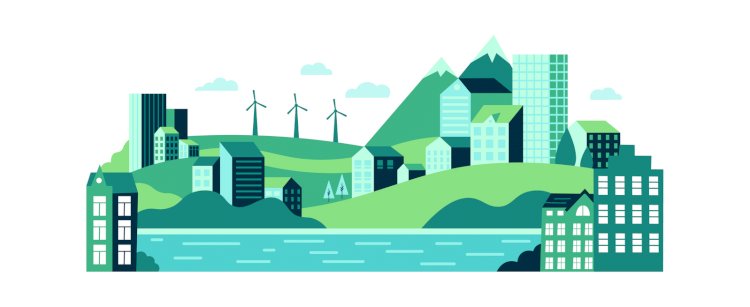
It is predicted that over 50% of the world's population will live in cities by the year 2030. As people move into urban spaces, more resources will be required to support new residents, and one factor that cities should be thinking about now is water.
Cities that stretch to conserve water will need to have plans in place to accommodate new residents and continue to support the current population. Shortages of clean water will only increase as climate change causes droughts and flooding around the world, contaminating water sources or drying them up entirely. With the advanced technology that is available to us today, it is time to start building water-smart cities for the future. Here are 3 ways to make that happen!
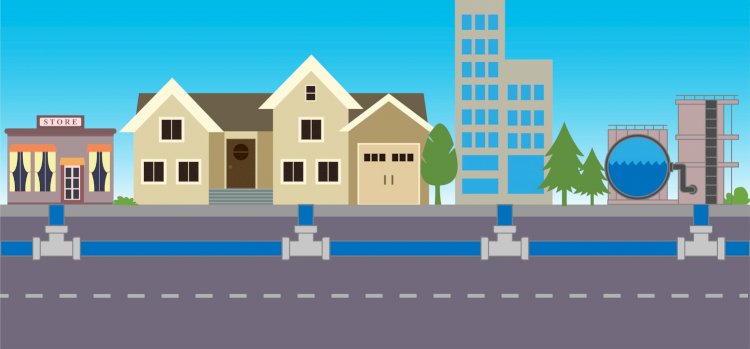
Recycle Water
We are recycling almost everything else, so why not water?
Greywater can be collected from areas such as sinks and laundry and then cleaned and repurposed. The water would ideally be uncontaminated with waste, therefore the best places to reuse water from in your home are sinks and showers, as well as laundry machines. Uncontaminated water can be treated with a small in-home filter and pumped right back into your toilet, out to your yard, or used for landscaping. Diverter valves installed into new homes’ plumbing systems divert discarded water from sinks and laundry machines away from the main sewage line to be recycled.
Toilets account for up to 30% of household water use. By using greywater for toilets, a large amount of clean water is saved which can then be used elsewhere.
Landscaping is another water waster that accounts for around one-third of household water usage, and it’s just going into the ground! Greywater is ideal for watering lawns and plants, especially since up to 50% of the water used outdoors is wasted through evaporation, runoff, and wind.
Track Water Usage
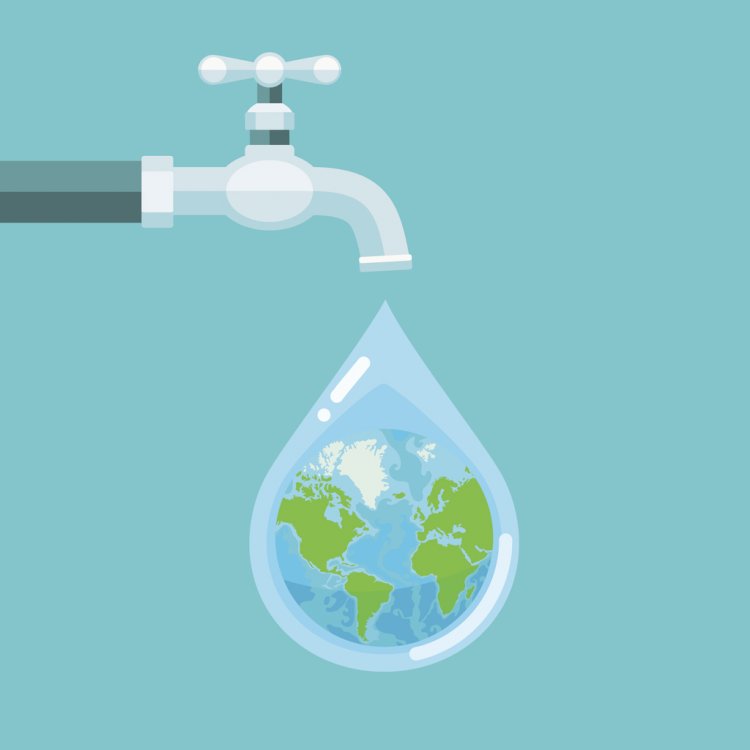
Utilizing new smart city management technology such as Tomo, it has never been easier to track water usage within your city.
Smart city technology can now monitor flow and pressure in plumbing systems throughout the city. If it notices a change in the numbers, it can alert a crew to dispatch and fix leaks or problems that may have occurred. Hence, this allows the city to fix a leak as soon as it happens rather than not finding out instantly and unknowingly wasting tons of water.
Smart city technology can also track data, monitor homes, and even offer suggestions to residents on how they can improve their water usage habits. This way, residents can track their usage and contribute to saving water.
Tomo provides residents and city leaders alike with easy ways to track and understand water usage. They can see all the available data and make decisions and improvements based upon observations.
Additionally, Tomo uses AI to analyze the data and provide suggestions and feedback on ways to save more water than humans may have not noticed or missed!
Alternative Sources
As water becomes scarcer, some cities may have to look elsewhere for clean water.
Rainwater collection is increasing in popularity and understandably so. Cities around the world are encouraging their citizens to collect rainwater, as it can alleviate strain and reliance on groundwater and surface water sources.
Brad Lancaster from Tucson, Arizona meets 95% of his household needs using rainwater. This water harvesting activist cut his sidewalk curbs to reroute storm runoff into soil beds. He showers with a tank of collected rainwater that sits outside and is heated by the sun. Lancaster says that more rain falls on Tucson in a year than the entire population uses in one year.
Tucson and other cities have begun to encourage citizens to collect rainwater as climate change begins to affect municipal water sources.
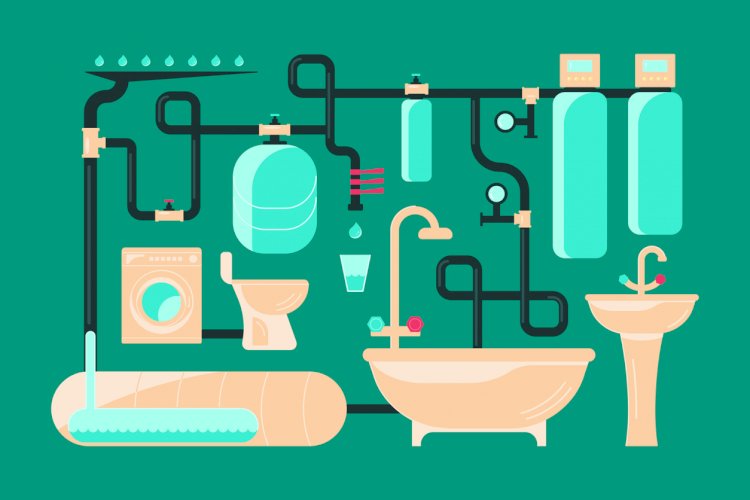
Another alternative water source that's gained popularity in recent years is condensation. Air conditioners are a great way to harvest condensation because they produce a byproduct of water. Water byproduct has many uses including watering plants, flushing toilets, and irrigation.
The San Diego Airport partnered with Ballast Point Brewing to make a batch of a light lager out of condensate. Unfortunately due to the pandemic, they were unable to make any more, but they are hoping to get it up and running again soon!
While condensation collection may not be a viable solution for small in-home units just yet, encouraging large buildings with central cooling systems to reuse their condensate systems is the next step towards building a water-smart city.
Other options for alternative solutions include desalinating ocean water for use. While this is an exciting option given the size of the ocean, desalinating water requires a lot of energy and often uses fossil fuels.
As climate change continues to change the weather and the world around us and cities become more populated, leaders need to find new sustainable ways to conserve water, as do residents.
This is your call to action to set up a rain barrel and collect rainwater to water your plants and wash your car! Are there any ways that you strive to conserve or reuse water in your household or community? Comment below and let us know!
Smart City Management Technology for Modern Cities
With technology becoming more popular and advanced, cities must be able to integrate the usage of technology to help cities run more efficiently, increase the safety of the city and its residents, and help residents make decisions that are involved in their daily lives.
With Tomo, you can learn more about what goes on in your city in real-time, and would be beneficial to both the government and its residents to make smart choices to improve their lives by creating solutions that are built around people and not technology. Read more about Tomo.
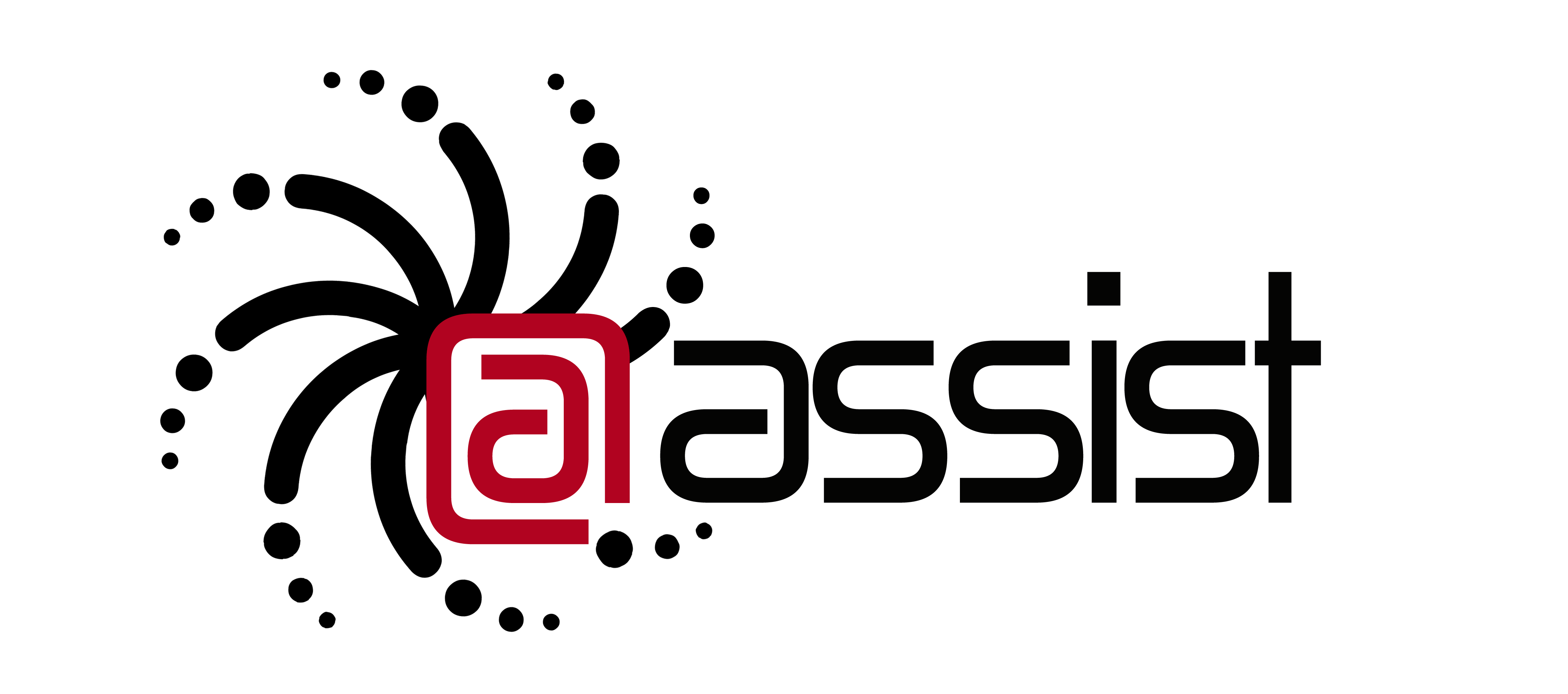
 contact@atassist.com
contact@atassist.com 





